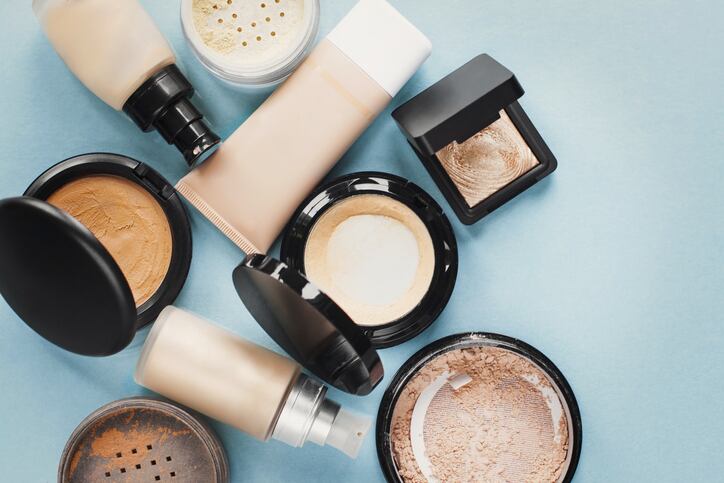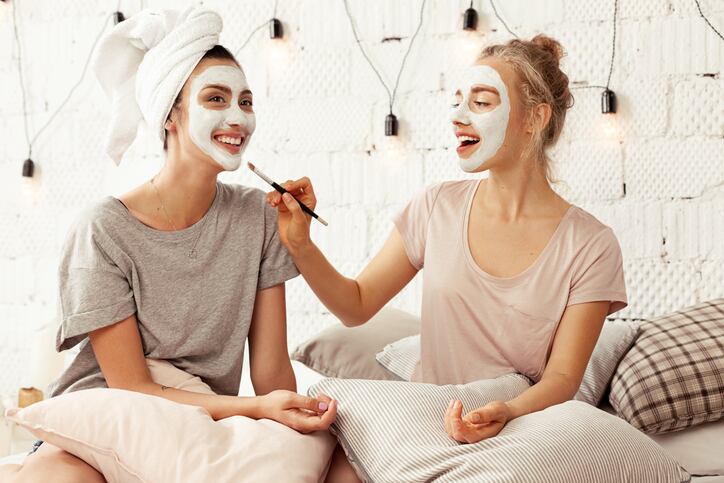In a recently published study in the Journal of Applied Microbiology, researchers from the UK’s Aston University investigated the microbial contents of donated, used make-up products, including lipstick, eyeliners, mascara and beauty blenders.
Findings showed 70-90% of all products were contaminated with bacteria, including Staphylococcus aureus, Escherichia coli and Citrobacter freundii. Enterobacteriaceae and fungi were also detected in all product types and particularly present in beauty blenders. Of all beauty blenders tested, 93% had not been cleaned and 64% had also been dropped on the floor and used thereafter.
“The results revealed varying levels of all prohibited micro-organisms in the used products, indicating contamination caused by the consumer whilst using the products,” the researchers wrote.
Make-up posing a potential risk to health
The researchers said there were “significant levels of microbial contamination” and “presence of pathogenic organisms” that posed a potential health risk, in particular infection during application around the mouth or eyes.
“The nature and high level of contamination in used cosmetic products indicate that greater awareness and education are required,” the researchers wrote. “Manufacturers should ensure that product expiry dates are prominently displayed, and consumers can identify the symbols used on product packaging.”
Lead author of the study and lecturer in biomedical science at Aston University Dr Amreen Bashir told CosmeticsDesign-Europe the findings would not come as a surprise to industry but should prompt some sort of response.
Use by dates on make-up, rinsing advice for beauty blenders
Results, Bashir said, revealed a clear need for industry to improve its communication around use and upkeep of make-up products after purchase. Manufacturers, he said, should “improve advice on how to use the products, particularly with regard to hand hygiene” and also make “labelling clearer on product lifetime”.
According to the study, most products had an expiry date of 3-12 months but in practical terms they were being used beyond the expiration date.
Brands and manufacturers could potentially consider switching ‘best before’ dates to ‘use by’, Bashir said, as well as provide simple instructions on how to rinse, wash and clean beauty blenders.
While the cosmetics industry already took stringent measures to ensure make-up products were formulated in a safe manner, Bashir said incorporating preservatives only provided a “degree of protection against contamination of multi-use products”.
“The most important step to take” now, he said, was to turn efforts towards “improving consumer compliance over use”.
Source: Journal of Applied Microbiology
Published online ahead of print, doi: 10.111/jam.14479
Title: “Microbial study of used cosmetic products: highlighting possible impact on consumer health”
Authors: A. Bashir and P. Lambert



